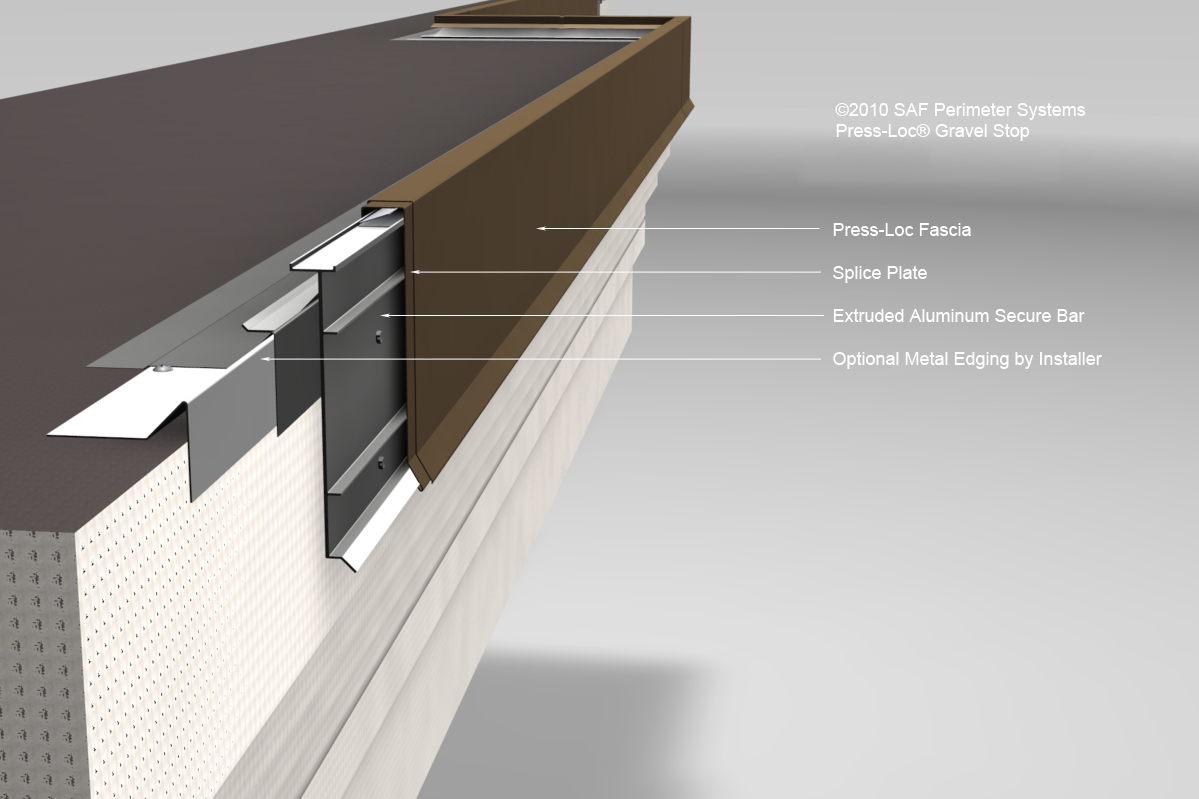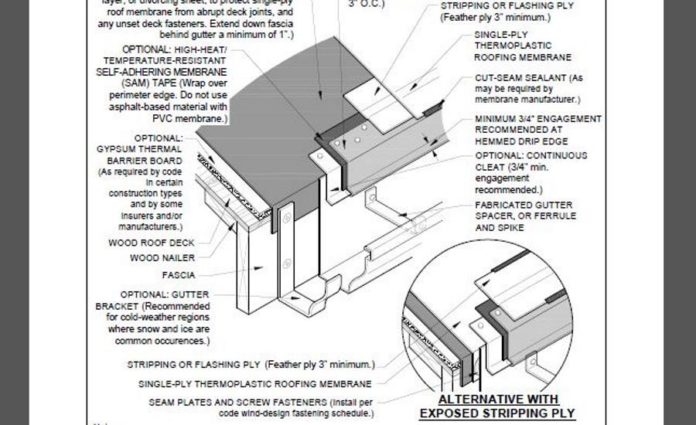A drip edge is intentionally installed in a tilted position so that it can direct the water away from the roof while protecting the foundation of the roof.
Gutters and roof edge drip plate.
Without a drip edge water may end up beneath the shingles and may cause damage to various parts of the home.
A drip edge or a gutter apron keeps your roof secure by filtering out all the water from the attic into the gutter.
Shop 30 14 results for drip edge flashing.
Drip edge roof flashing types.
Its purpose is to direct water away from your fascia and rake boards and into your gutters where applicable.
We can also relate it to gutter systems.
Step 1 make a mark around the edge of the roof right where it falls over the sides.
Drip edge is an l shaped piece of metal that is installed at the edge eave of your roof.
It is also sometimes called d metal for drip.
If not installed properly this will impact the effectiveness of your whole gutter systems.
L shape drip edge is a simple 90 degree bend with a flare out at the bottom of the short leg.
Trim all edges down to 50 mm.
Drip edges are metal sheets usually shaped like an l installed at the edge of the roof.
Also called drip edge flashing or d metal they serve a vital function by directing water away from the fascia and into the gutter.
It allows the rainwater to drain out of the roofing system and into the gutter.
Drip edge flashing directs roof runoff away from the roof fascia and edge and into gutters or at least not down the fascia board if no gutters are installed and it is recommended by roofing standards manufacturers and experts.
T shape drip edge is an l shaped flashing in which the long leg folds back on itself before heading down 90 degrees to form the short leg.
It should extend from the roof decking down into your gutters.
Fitting a gutter edge drip plate in this tutorial we re going to guide you on the fitting of the gutter edge drip plate.
A drip edge is a non eroding stainless material that is placed on the edge of the roof.




























